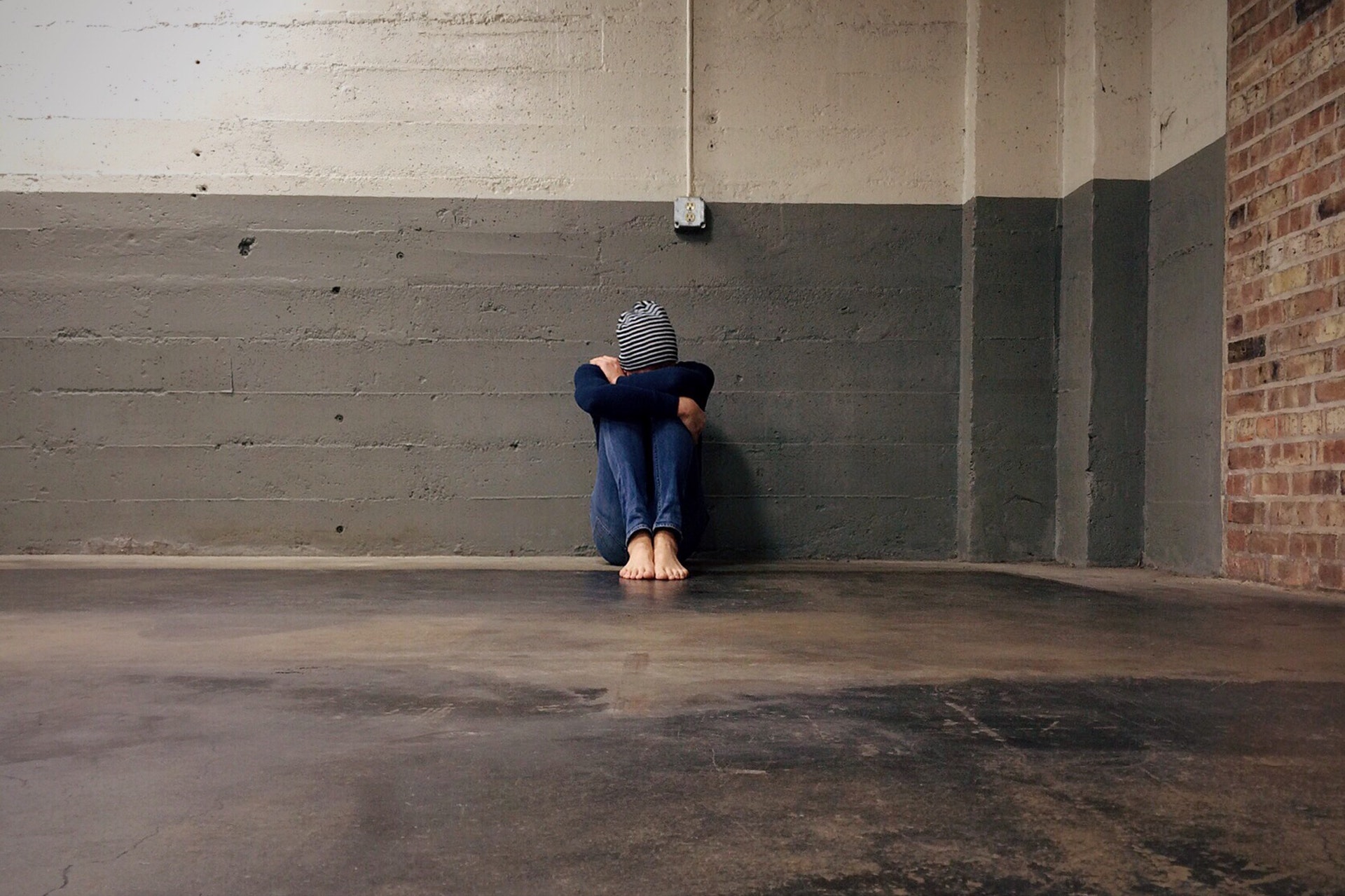
If there is one thing this pandemic has taught us is to survive, we must adapt. When I speak of survival, I don’t just mean survive the virus, I refer to all facets of life including home life, parenting, work, or running a business. Every aspect of our life has to adapt to this new way of life.
THE CHANGING FACE OF DIVORCE: WATCH VIDEO FOR LATEST
For work, we were forced to learn how to work from home literally overnight. Working from home requires a level of personal motivation and discipline that not everyone has. However, we didn’t have a choice and now our living rooms have become our office. Those same living rooms have been turned into a classroom and parents have become teachers. Now not only we are juggling working from home and parenting, now we have to also manage schedules, distance learning, and homework. To survive, we adapt. We adapt because we have to.
This same philosophy applies to businesses. Businesses can either shutter and potentially not reopen, or you adapt to survive. You have restaurants becoming grocery stores, bakeries selling at home cookie kits, restaurants modifying their menu to purely takeout, bars selling at home margarita kits. Everyone has to adapt to survive because the reality is, this situation is not changing anytime soon.
The same goes for divorce or the other issues that come with divorce such as custody disputes or division of assets. We need to adapt to survive. The San Diego Superior Court has provided information that tells us it will remain closed so long as the Shelter in Place order remains in effect, and right now it is closed until at least June 1, 2020. Another 6 weeks at minimum without access to a judge who can make orders to resolve disputes. This leaves us with a conundrum, do we sit and wait for the eventual reopening of the court or do we adapt?
I view myself as a professional problem solver, a client comes to me with a problem and I find ways to solve it. The problem now is how do we move a divorce forward while the court is closed? There are many ways to move a divorce forward by utilizing resources such as mediation, arbitration, settlement conferences, and custody evaluators. Each of these options will push the process along and allow dispute resolution to continue.
For example, let’s say Husband and Wife are arguing over custody and cannot come to a conclusion. The parties can utilize the assistance of a parenting coordinator or a retired Family Court Services counselor to assist them by recommending a parenting plan just as if the court was open. This can all be done remote using Zoom or Microsoft teams, no one needs to leave the comfort and safety of their home. From there, we can work out a plan using the recommendation as a guide and draft a stipulation to be filed once court is accepting filings. Now this process only works if both parents are committed to dispute resolution, but if they are this is a means to an end.
Another example, parties disagree over division of assets, support calculation and payment of attorney fees. The parties can utilize the services of a retired judge to act as an arbitrator and provide to us their opinion using the law to say what they would do as the judge. This again can be done remote using any of the platforms available. Arbitration is non-binding, but an informed decision can be made on whether to settle or wait and have the same outcome. Armed with the opinion of a judge who sat on the bench for years, the same bench your current judge sits on, will give you informed insight and may help you reach an informal resolution.
These are just a few ways your divorce can move forward despite the court being closed. What is important is you have options that do not require sitting and waiting, you can take action to better your living situation, you can take action to resolve disputes, and you can take actions to end the conflict.










